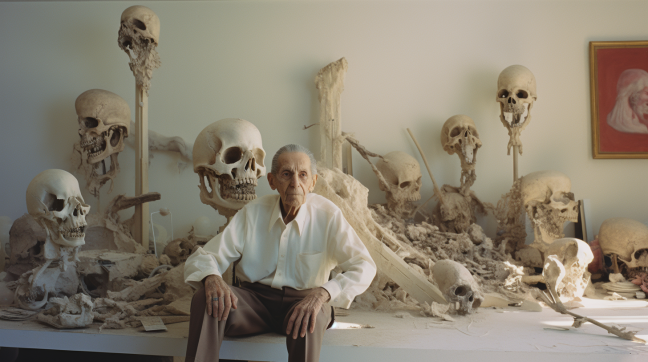An Underbelly of Crime in Dallas:
Charles Albright, commonly known as the “Eyeball Killer,” committed a series of murders in the late 1980s and early 1990s that struck fear into the hearts of Dallas residents. The Texas metropolis, like many large cities, had its share of crime, but Albright’s actions were especially chilling due to the brutality and peculiar nature of his killings.
“Criminologists often speak of signature elements in a criminal’s modus operandi, but Albright’s was disturbingly unique,” remarked criminologist Dr. Anna Hayes.
Disturbing Details:
Albright targeted prostitutes in Dallas, killing at least three women between 1990 and 1991. He was dubbed the “Eyeball Killer” because he surgically removed the eyes of his victims. The surgical precision used in these mutilations suggested a level of expertise and planning, adding a sinister layer to his crimes.
“His methodical approach to the eye removal indicates a level of focus and interest that is deeply unsettling,” said forensic expert Dr. Daniel Lewis.
Capture and Trial:
Charles Albright was arrested in 1991 after law enforcement officials found evidence linking him to one of the victims. He was a former teacher and had a history of minor criminal activities. What stood out in the trial were the forensic details, including matching hairs found at the crime scenes to Albright’s own pets.
“The forensic evidence was a critical factor in building a case against him, helping to pierce his otherwise ordinary facade,” stated legal analyst Karen Young.
Sentencing and Impact:
Albright was ultimately convicted in 1991 for the murder of one woman, Shirley Williams, and was sentenced to life imprisonment. He was not charged for the other murders, although he is widely believed to be responsible.
“While he was only convicted for one murder, the overarching belief is that he was responsible for the other killings. The legal process had its limitations, but the outcome was significant,” observed criminal justice professor Dr. Tim Lee.
Legacy and Lessons:
The case of Charles Albright serves as a grim example of the potential for human cruelty, leaving an indelible impact on the community and on the professionals who dealt with the case. It also highlights the importance of forensic science in modern criminal investigations, given that it was forensic evidence that ultimately led to Albright’s conviction.
“Charles Albright’s case continues to serve as a case study in criminology and forensic science, pointing to both the depths of human depravity and the heights of investigative prowess,” concluded historian Dr. Lorraine Hunter.
